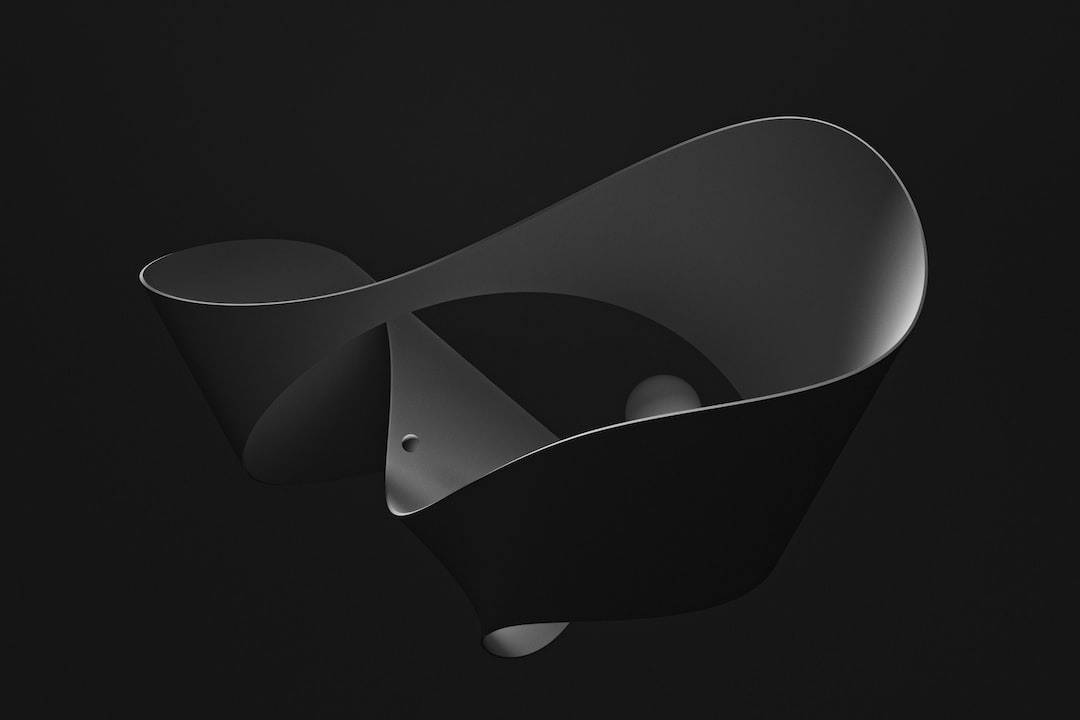Exploring the Psychedelic Art Movement and its Cultural Impact
Since its emergence in the 1960s, the psychedelic art movement has had a significant impact on contemporary culture, influencing various fields such as music, fashion, and visual arts. With its vibrant colors, intricate patterns, and mind-altering imagery, psychedelic art has become synonymous with the counterculture movement, spreading its spiritual and transcendental messages to the masses. In this blog post, we delve into the psychedelic art movement, its historical context, and its lasting cultural impact.
Originating in the United States during the psychedelic revolution of the 1960s, the movement grew alongside the rise of psychedelic drugs, such as LSD, which played a crucial role in shaping the aesthetic and philosophy of the art form. Artists of the era, such as Wes Wilson, Stanley Mouse, and Victor Moscoso, sought to mimic the hallucinatory experience induced by these substances through their creations. They experimented with vibrant colors, distorted perspectives, and intricate patterns to depict altered states of consciousness.
One of the most notable elements of psychedelic art is its emphasis on optical illusions and pattern repetition. Inspired by tribal and indigenous art, artists incorporated motifs such as fractals, spirals, and kaleidoscopic patterns into their work, creating a sense of motion and chaos on the canvas. These mesmerizing visuals aimed to transport the viewer into an altered reality and evoke a sense of unity and interconnectedness.
Psychedelic art also found a natural connection with the music of the era, particularly the psychedelic rock genre. Legendary album covers, like Pink Floyd’s “Dark Side of the Moon” and The Beatles’ “Yellow Submarine,” featured elaborate and trippy visuals that perfectly complemented the music’s psychedelic soundscapes. The synergy between music and visual art helped create immersive experiences for audiences, further fueling the counterculture movement.
The cultural impact of psychedelic art extends far beyond its relation to music. It influenced fashion, with brightly colored and patterned clothing becoming popular among the counterculture community. Tie-dye became a symbol of the movement, representing its principles of peace, love, and unity. Furthermore, psychedelic art inspired a wave of avant-garde filmmakers, such as Alejandro Jodorowsky and Stanley Kubrick, who incorporated the movement’s aesthetic elements into their films, adding a surreal and mind-bending dimension to their work.
Though the movement waned after the 1960s, psychedelic art experienced a renaissance in the 1990s, known as the “Neo-Psychedelia” movement. Artists like Alex Grey and Android Jones embraced digital mediums, combining traditional psychedelic aesthetics with modern technology. This resulted in highly detailed and complex artworks that reimagined the psychedelic experience for a new generation.
Today, the influence of psychedelic art can be seen in various contemporary subcultures. The use of bold colors and intricate patterns has permeated the world of tattooing. Tattoo artists draw inspiration from the movement to create psychedelic-themed pieces that reflect the wearer’s personal journey or connection to the spiritual realm.
Furthermore, the reemergence of psychedelic art has impacted mental health discourse. The movement’s emphasis on exploring altered states of consciousness and the interconnectedness of the mind, body, and spirit has aligned with the growing interest in alternative therapies and practices like meditation, yoga, and mindfulness. Psychedelic art has become a visual representation of these practices, encouraging individuals to delve deeper into their own consciousness and explore their spirituality.
In conclusion, the psychedelic art movement has left an indelible mark on contemporary culture. Its vibrant colors, intricate patterns, and mind-altering imagery continue to captivate and inspire artists across a multitude of disciplines. Moreover, the movement’s influence extends beyond the visual realm, infiltrating music, fashion, film, and even mental health discourse. The psychedelic art movement serves as a reminder of the power of artistic expression to challenge societal norms and ignite cultural transformations.


